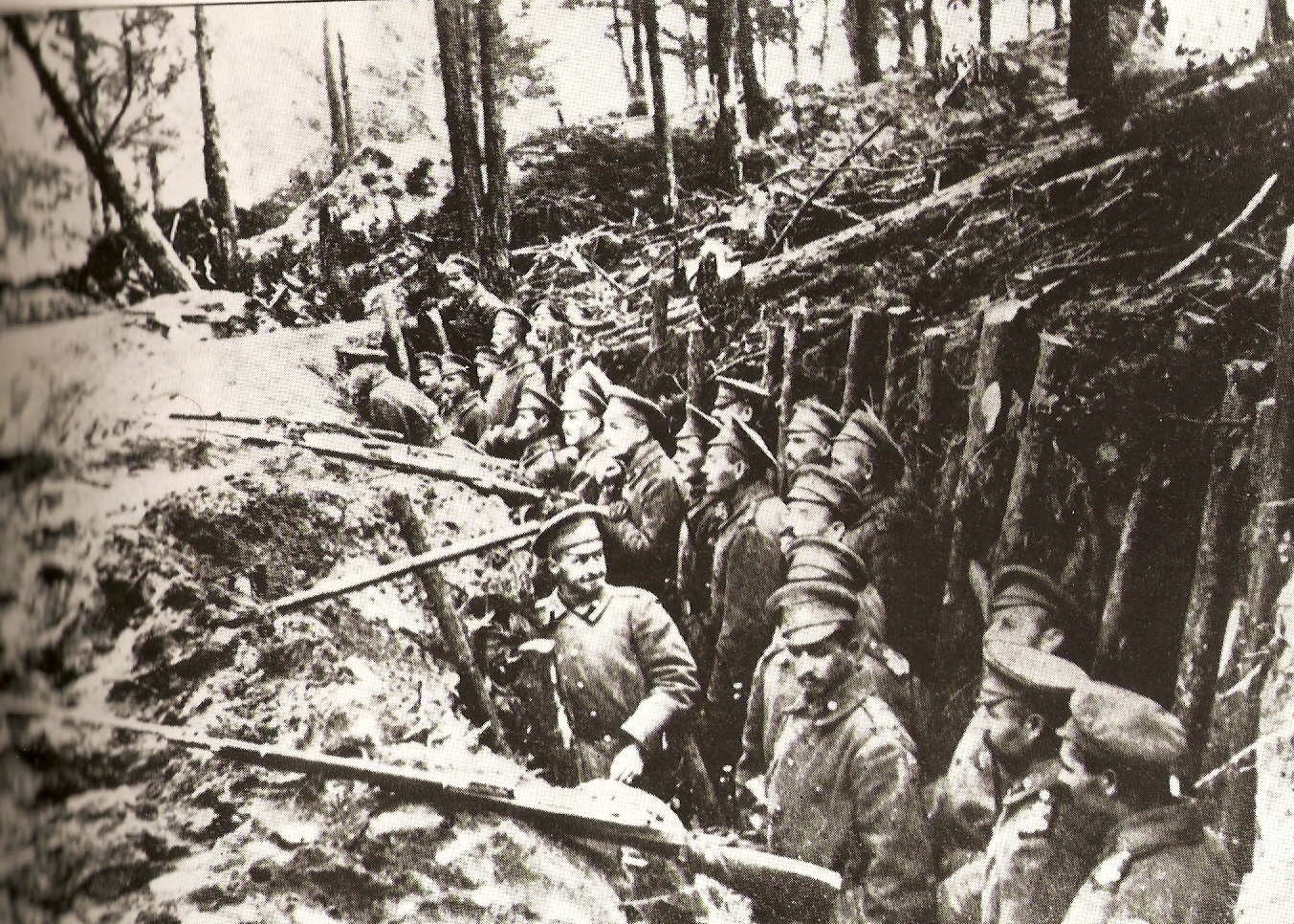
Battle of Sarikamish
The Battle of Sarikamish[b] was an engagement between the Russian and Ottoman empires during World War I. It took place from December 22, 1914, to January 17, 1915, as part of the Caucasus campaign.
Not to be confused with Battle of Sarikamish (1920).
The battle resulted in a Russian victory. The Ottomans employed a strategy which demanded highly mobile troops, capable of arriving at specified objectives at precise times. This approach was based both on German and Napoleonic tactics. The Ottoman troops, ill-prepared for winter conditions, suffered major casualties in the Allahuekber Mountains. Around 25,000 Ottoman soldiers froze to death before the start of the battle.[7]
After the battle, Ottoman Minister of War Enver Pasha, who had planned the Ottoman strategy in Sarikamish, blamed his defeat on the Armenians and the battle served as a prelude to the Armenian genocide.[11][12]
Background
Russia viewed the Caucasus Front as secondary to the Eastern Front, which enjoyed the major share of Russian resources. Russia had taken the fortress of Kars from the Turks during the Russo-Turkish War in 1877, when it was incorporated into the militarily administered Kars Oblast. After the Ottoman Empire entered the war in October 1914 on the side of the Central Powers, Russia now feared a Caucasus Campaign aimed at retaking Kars and the port of Batum.
From the point of view of the Central Powers, a campaign in the Caucasus would have a distracting effect on Russian forces. The immediate strategic goal of the Caucasus Campaign was to retake Artvin, Ardahan, Kars, and the port of Batum. As a longer-term goal, head of the Ottoman war ministry İsmail Enver hoped a success would facilitate opening the route to Tbilisi and beyond, which in turn would trigger a revolt of Caucasian Muslims. Another Turkish strategic goal was to cut Russian access to its hydrocarbon resources around the Caspian Sea.[13]
![]() Media related to Battle of Sarıkamış at Wikimedia Commons
Media related to Battle of Sarıkamış at Wikimedia Commons